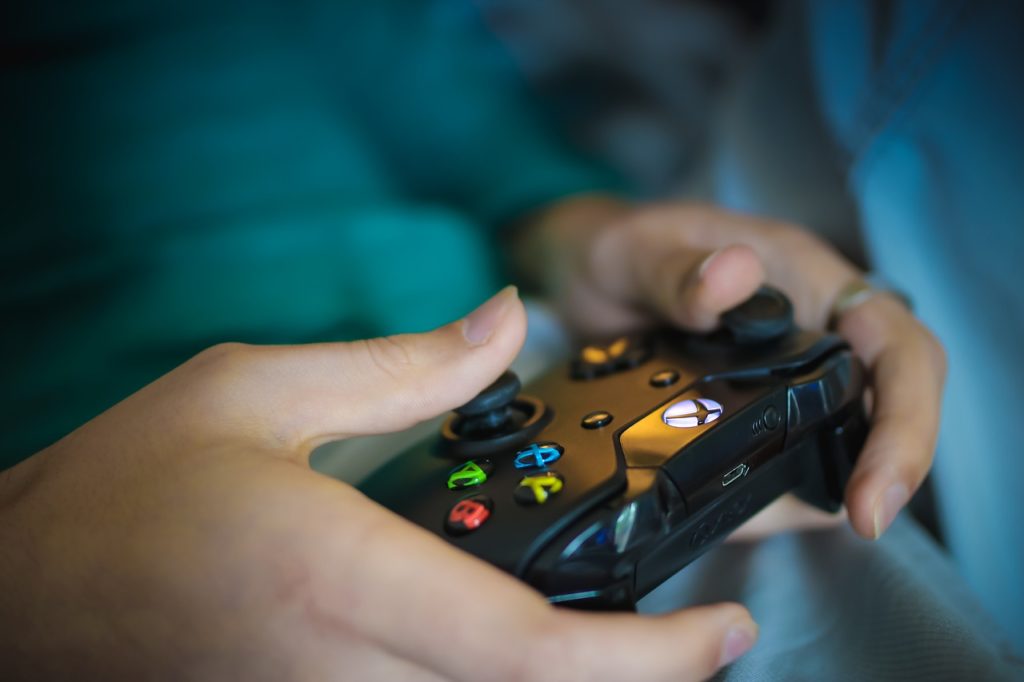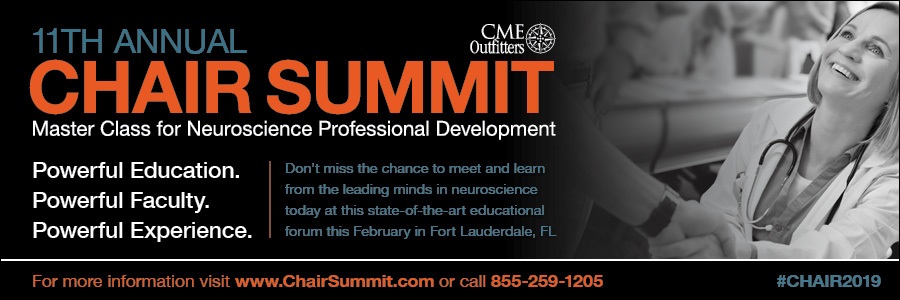
Dr. Mark Gold’s Research You Can Use
Internet gaming disorder has currently been included in the latest edition of the Diagnostic and Statistical Manual for Mental Disorders (DSM-5) as a potential mental disorder that requires further research to be confirmed for inclusion in the main manual.
The term addiction has largely been reserved for drugs that stimulated continued use, with an ensuing loss of control and continued compulsive use despite numerous adverse consequences. In what context the term addiction has been used and to whom it may apply, has been long debated, especially for behavioral addictions.
As highlighted by the behavioral addiction pioneer, Marc Potenza, gambling disorder is presently the only condition in the subsection of “Non-substance related disorders” under the category of “Substance-related and Addictive Disorders.”
Other notable conditions to have been considered include internet gaming disorder. Even though research efforts have increased in the area, the debate still continues regarding the respective criteria to be used for assessment and the status of the condition as a mental health concern.
What is an Internet Gaming Disorder?
Recent times have witnessed online games gain tremendous popularity. According to the Entertainment Software Association, there is at least one person who plays video games in two-thirds of American households. An estimated 160 million American adults play internet-based games. How addictive these games can actually be, still remains debatable.
 The DSM-5 stresses that gaming must lead to “significant impairment or distress” in various aspects of a person’s life.
The DSM-5 stresses that gaming must lead to “significant impairment or distress” in various aspects of a person’s life.
This proposed condition is restricted only to gaming and does not include problems with the general use of the internet, online gambling, or the use of social media or smartphones.
The suggested symptoms of an internet gaming disorder include a preoccupation with gaming, withdrawal symptoms during an inability to play games, developing a tolerance, difficulty in limiting or to quit gaming, prioritizing gaming over other activities, continuing to game despite problems, misrepresenting the time being spent on gaming, using gaming as a coping mechanism and taking risks in terms of jobs and relationships due to gaming.
As per the DSM-5, IGD is found to be most common in male adolescents, aged 12 to 20 years, and is more prevalent in Asian countries than in North America and Europe.
The systematic literature review for IGD
The speculations surrounding the proposed classification of IGD in DSM-5 are primarily based upon the conceptualization, and the related theoretical and methodological issues raised by many scholars. Many have argued that problematic gaming may just be maladaptive coping and/or may be a result of other coexisting mental disorders. Also, previous research on IGD has been a target of criticism due to its methodological limitations in terms of research being conducted on non-clinical populations using subjective measures.
Hence, researching neurobiological correlates in the Internet Gaming Disorder is essential, specifically regarding the support of National Institute of Mental Health’s (NIMH) extended toward the establishment of a research domain criterion, upon which classification of mental disorders can be based and may offer an effective solution to the ongoing debates in the IGD field. IGD neuroimaging, which is still in its infancy, is developing at a fast pace.
A systematic review of existing literature was based upon the assessment of neurobiological mechanisms, empirical studies, use of neuroimaging techniques, studies published in a peer-reviewed journal, published in English and published since 2012. Initial identification yielded a total of 853 studies.
However, following from a detailed screening of the titles and abstracts, 826 studies were excluded that proved to be of no relevance to the review. This left 27 studies that were deemed eligible for further review.

Functional magnetic resonance imaging (fMRI) and resting state magnetic resonance imaging (rsfMRI) studies presented depicted the existence of significant neurobiological differences between healthy controls and individuals with IGD.
The studies assessed proposed that individuals with a gaming disorder had worse response-inhibition and emotion regulation, impaired PFC functioning and cognitive control, worse working memory and decision-making capabilities, decreased visual and auditory functioning, and a deficiency in their neuronal reward system.
Alarmingly, these deficiencies were identical to those observed in individuals with a substance dependence, implying that substance-related and behavioral addictions were based upon certain shared predisposing factors. One such example is regarding individuals with an alcohol dependence who have a reduced amount of P300 amplitude and consequently, an increased genetic risk for alcoholism. Meanwhile, similar findings with a decreased P300 amplitudes in individuals with IGD also demonstrated an inflated genetic risk toward the development of addiction-related problems.
D’Hondt et al. reviewed electrophysiological correlates of problematic internet use, often including gaming, and depicted a specific association with reduced inhibitory control and greater cue-reactivity. EEG literature showed “that most studies have found that impaired self-control abilities (i.e., inhibition and error monitoring) are associated with under-activated frontal regions in problematic Internet users.”
Moreover, some EEG studies illustrated modifications in the processing of emotional stimuli and Internet-related cues, claiming that “both reflective and automatic/affective systems, postulated by dual-process models as being determinants in decision making, are impaired among problematic internet users.”
Results from current EEG studies correspond with these conclusions. The reviewed EEG studies showed that the brains of individuals with IGD were poorer in information processing and response inhibition when compared to controls. As a result, these individuals were characterized by low impulse control, greater usage of cognitive resources to fulfill specific tasks and impaired executive control.
Gaming is not all evil
 Interestingly, the fMRI and rsfMRI studies yielded no differences regarding attention control and error processing between IGD individuals and healthy controls.
Interestingly, the fMRI and rsfMRI studies yielded no differences regarding attention control and error processing between IGD individuals and healthy controls.
In fact, higher brain activity was recorded among gaming addicts in comparison to healthy controls, presenting a greater sensory-motor coordination in IGD.
Recent studies have suggested that regular gaming may actually hold therapeutic benefits and could be used to improve an array of cognitive and motor skills. It has been successfully utilized in the training of professionals, specifically soldiers and surgeons.
Researchers, practitioners, gaming developers, and the media are urged to collaboratively construct a realistic and comprehensive understanding framework to recognize gaming as a normal, enjoyable and often an advantageous sociocultural practice. The possibility of addiction-related symptoms in a small population of excessive users exists that may require professional help. Hence, instead of stigmatizing gaming altogether, scientists and researchers must play an active role to establish a solid distinction between problematic and non-problematic gaming.
Looking forward
Summarizing these conclusions, it has been established that there may exist a particular IGD pathophysiology, supporting the NIMH’s advocacy for the need of a TDoC criteria for the diagnosis of mental disorders. Future research needs to be directed toward the replication of these reported findings in various cultural contexts.
References:
https://www.medicalnewstoday.com/articles/216550.php
https://research.birmingham.ac.uk/portal/files/52978235/E_cig_AM_manuscript_Thorax_final.pdf
https://journals.plos.org/plosone/article?id=10.1371/journal.pone.0116861
https://www.ncbi.nlm.nih.gov/pubmed/29437942
https://www.atsjournals.org/doi/abs/10.1164/rccm.201604-0804OC
About the Author:
 Mark S. Gold, M.D. served as Professor, the Donald Dizney Eminent Scholar, Distinguished Professor and Chair of Psychiatry from 1990-2014. Dr. Gold was the first Faculty from the College of Medicine to be selected as a University-wide Distinguished Alumni Professor and served as the 17th University of Florida’s Distinguished Alumni Professor.
Mark S. Gold, M.D. served as Professor, the Donald Dizney Eminent Scholar, Distinguished Professor and Chair of Psychiatry from 1990-2014. Dr. Gold was the first Faculty from the College of Medicine to be selected as a University-wide Distinguished Alumni Professor and served as the 17th University of Florida’s Distinguished Alumni Professor.
Learn more about Mark S. Gold, MD
About the Transcript Editor:
 A journalist and social media savvy content writer with extensive research, print and on-air interview skills, Sana Ahmed has previously worked as staff writer for a renowned rehabilitation institute, a content writer for a marketing agency, an editor for a business magazine and been an on-air news broadcaster.
A journalist and social media savvy content writer with extensive research, print and on-air interview skills, Sana Ahmed has previously worked as staff writer for a renowned rehabilitation institute, a content writer for a marketing agency, an editor for a business magazine and been an on-air news broadcaster.
Sana graduated with a Bachelors in Economics and Management from London School of Economics and began a career of research and writing right after. Her recent work has largely been focused upon mental health and addiction recovery.
The opinions and views of our guest contributors are shared to provide a broad perspective of addictions. These are not necessarily the views of Addiction Hope, but an effort to offer a discussion of various issues by different concerned individuals.
We at Addiction Hope understand that addictions result from multiple physical, emotional, environmental and genetic factors. If you or a loved one are suffering from an addiction, please know that there is hope for you, and seek immediate professional help.
Published on November 28, 2018
Reviewed by Jacquelyn Ekern, MS, LPC on November 28, 2018
Published on AddictionHope.com

